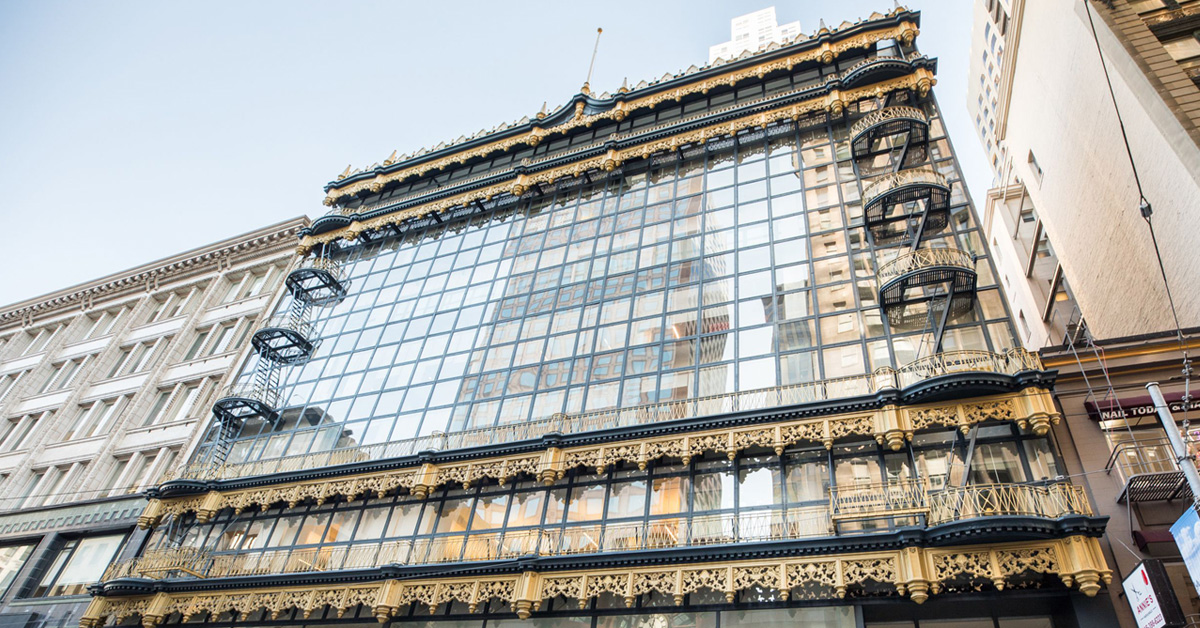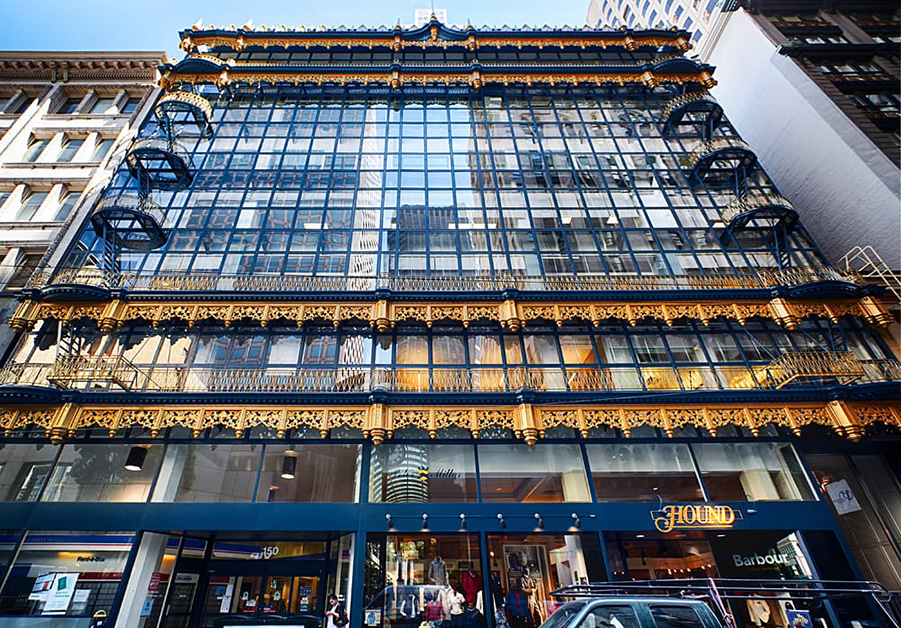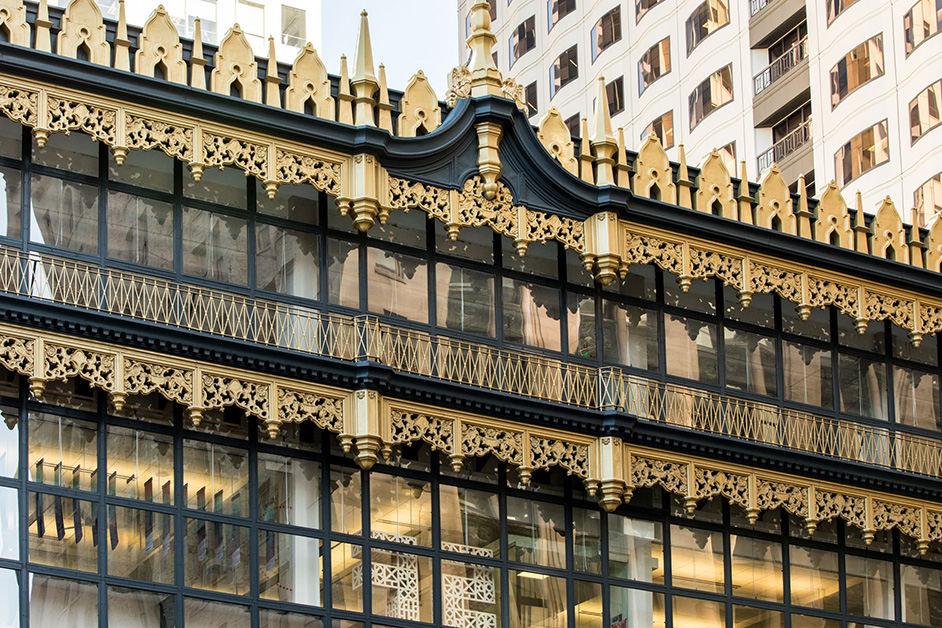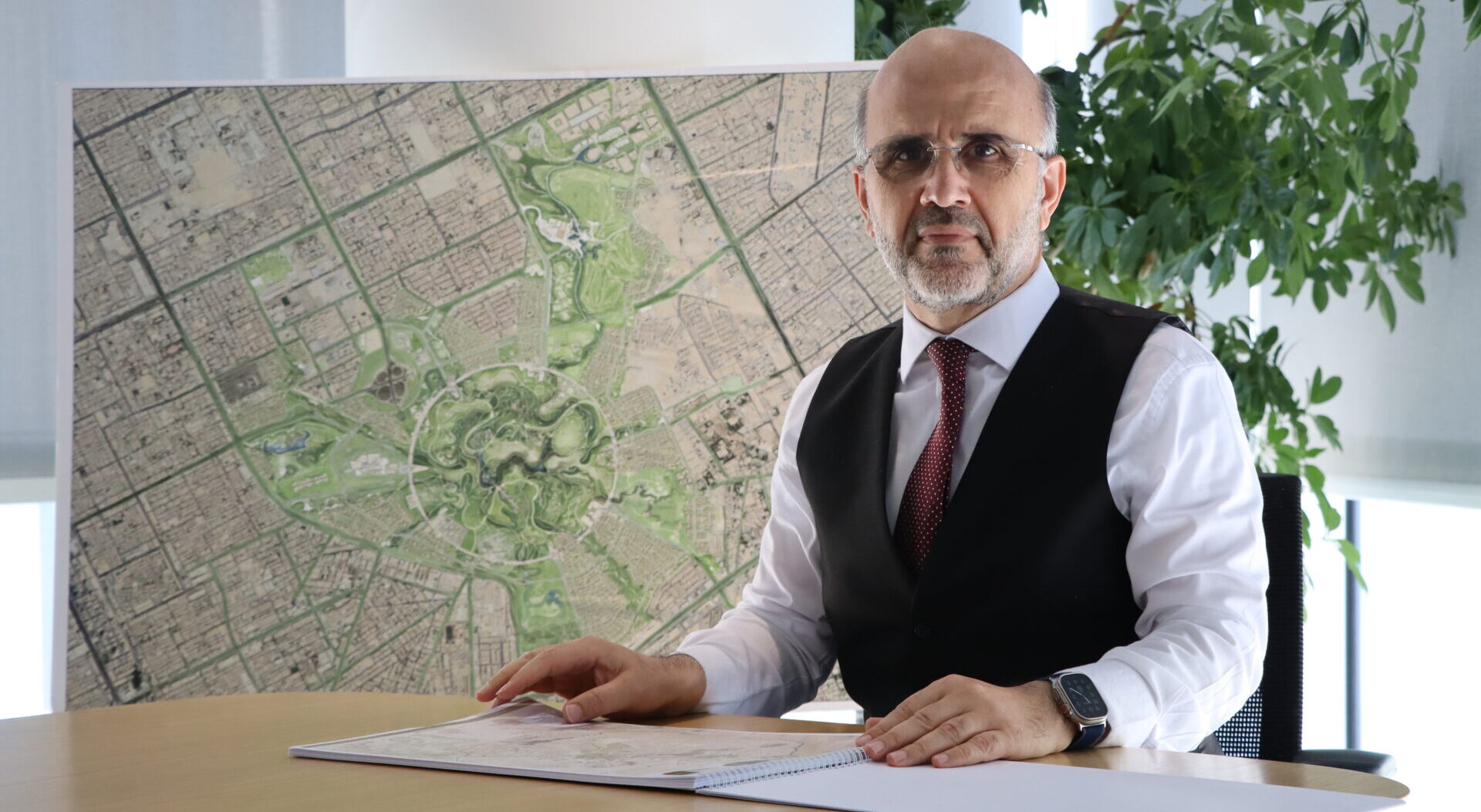 Hallidie Building, San Francisco, U.S., designed by Willis Polk, 1918. Photo © Patricia Chang
Hallidie Building, San Francisco, U.S., designed by Willis Polk, 1918. Photo © Patricia Chang
Featuring the first glass curtain wall in the United States, the Hallidie Building in San Francisco still feels surprisingly modern 100 years after its completion.
When the Hallidie Building was completed in 1918, it presented a striking contrast to the heavy masonry structures that lined the streets of San Francisco and most other cities in America. Designed by noted Bay Area architect Willis Polk (1867-1924), the building is most notable as the first example of a glass curtain wall in the United States. The strikingly transparent glass facade, which feels incredibly light, comprises operable glass panels set in a grid of steel mullions adorned with gilded ornamentation along the upper and lower floors and artfully integrated fire escapes.
While the curtain wall is indeed a brilliant innovation for the time, it would not have been possible with the building’s reinforced concrete structure, which was still a relatively new material in the early 20th century.
Surprisingly, despite the Hallidie Building’s innovations, it did not have a strong influence on architecture in America. Large glass-enclosed office towers wouldn’t begin to appear in the country until several decades later, after the Second World War, largely resulting from the influence of Mies van der Rohe.
As often happens with buildings that are ahead of their time, some parts of the Hallidie Building did not stand the test of it. After years of damage and corrosion caused by the rain and fog of San Francisco and exasperated by the building’s early steel components, a restoration-renovation was undertaken in 2011 and completed in 2013 — in time for the building’s centennial birthday. The renovation was successful in retaining all the qualities that made the Hallidie Building such a pioneering structure, while updating the building to meet contemporary safety and comfort standards.























